Terracotta Bengal Baul Standing Artistic Figurine-Handmade Unique Decorative Showpiece (Baked Clay, Livingroom, Garden, Gift, Decor, Home Decor)
Terracotta Bengal Baul Standing Artistic Figurine is a captivating and culturally rich decorative showpiece that brings the essence of Bengal’s folk tradition into your living space. Crafted from baked clay, this handmade figurine depicts the distinctive image of a Bengal Baul standing in a posture that reflects the unique cultural and spiritual heritage of the region.
- Copy Code FIRST100
FLAT 100/- OFF
On your first purchase
- Copy Code FLAT10
Flat 10% off
On order above 3000/-
- Copy Code FLAT5
Flat 5% off
On order above 1000/-
About the Product
About Terracotta Craft
Terracotta art, a form of pottery that has stood the test of time, is a testament to the rich history and cultural heritage of civilizations across the globe. The word “terracotta” is derived from the Italian words “terra cotta,” meaning “baked earth.” This ancient art form involves molding clay into various shapes, firing it in a kiln, and often finishing it with decorative techniques. From ancient civilizations to contemporary artists, terracotta has remained a beloved medium for creating stunning sculptures, vessels, and architectural elements.

Historical Significance
Mesopotamia: One of the earliest known uses of terracotta can be traced back to ancient Mesopotamia, where it was employed to create utilitarian objects like pots, jars, and bricks. These artifacts provide insights into the daily lives and activities of people in this region over 5,000 years ago.
Indus Valley Civilization: Terracotta artifacts found in the archaeological remains of the Indus Valley Civilization (around 3300–1300 BCE) showcase the advanced craftsmanship of this ancient society. Terracotta figurines and pottery fragments reveal the artistic sensibilities and cultural practices of the time.
Ancient Greece and Rome: In ancient Greece and Rome, terracotta was extensively used for creating sculptures, pottery, and architectural elements. Greek black-figure and red-figure pottery exemplify the mastery of terracotta craftsmanship, depicting scenes from mythology, daily life, and religious rituals.
Bengal Terracotta
Bengal terracotta, a distinctive form of pottery originating from the Indian state of West Bengal, stands as a testament to the rich cultural heritage and artistic traditions of the region. This unique craft has deep roots in Bengal’s history, and its significance extends beyond mere artistic expression, playing a pivotal role in reflecting the socio-religious and architectural facets of the area. The terracotta craft of Panchmura of Bankura district has received the Geographical Indication (GI) tag in 2018.
Historical Roots:
Bengal’s terracotta tradition has its roots in ancient history, with evidence of terracotta artifacts dating back to the Mauryan and Gupta periods (circa 4th to 6th centuries CE). These artifacts, often found in archaeological excavations, include figurines, plaques, and panels depicting various aspects of life, mythology, and religion.
Socio-Religious Significance:
Terracotta art in Bengal is closely intertwined with religious practices and beliefs. Temples and religious structures are adorned with intricate terracotta panels that narrate stories from Hindu mythology, showcasing scenes from epics like the Ramayana and Mahabharata. These terracotta reliefs serve not only as decorative elements but also as a form of visual storytelling, educating the community about their religious heritage.
Architectural Embellishments:
Bengal terracotta finds its most prominent expression in the architectural embellishments of temples and structures. The temples of Bishnupur, a town in Bankura district, are renowned for their terracotta decorations. Elaborate friezes, panels, and sculptures featuring gods, goddesses, and mythical creatures adorn the exteriors of these temples, creating a unique fusion of art and architecture.
Bishnupur Terracotta:
Bishnupur, often referred to as the “Temple Town” of Bengal, is a hub for exquisite terracotta art. The temples here, built during the reign of the Malla kings in the 17th and 18th centuries, showcase the exceptional craftsmanship of Bengal’s terracotta artists. The Rasmancha, Madanmohan Temple, and Jorbangla Temple are prime examples of this architectural style.
Craftsmanship and Techniques:
Bengal terracotta artists employ traditional techniques handed down through generations. Hand-molding and sculpting are common methods, with artists creating detailed reliefs by carving into the clay. The clay is then sun-dried before firing, resulting in the distinctive reddish-brown hue characteristic of Bengal terracotta.
Cultural Narratives:
The terracotta panels in Bengal often depict not only religious narratives but also scenes from everyday life, agriculture, and cultural festivities. These depictions provide a glimpse into the cultural milieu of Bengal, creating a visual archive of historical practices and traditions.
Contemporary Revival:
While Bengal terracotta has deep historical roots, there is a continuous effort to revive and sustain this traditional craft. Artisans and organizations are working to promote awareness and create a market for Bengal terracotta, ensuring that this unique heritage continues to thrive in the modern era.
About this craft
Terracotta Bengal Baul Standing Artistic Figurine is a captivating and culturally rich decorative showpiece that brings the essence of Bengal’s folk tradition into your living space. Crafted from baked clay, this handmade figurine depicts the distinctive image of a Bengal Baul standing in a posture that reflects the unique cultural and spiritual heritage of the region.
The figurine is meticulously handcrafted, showcasing the craftsmanship and artistry of skilled makers. The handmade nature of the piece ensures that each figurine is unique, carrying the marks of the artisan’s touch. It represents a Bengal Baul, who is a traditional folk singer and mystic from Bengal, known for their unique blend of devotional music, philosophy, and wandering way of life. As a unique decorative showpiece, the Bengal Baul figurine can be a distinctive addition to your living room, garden, or any space you wish to infuse with cultural richness.
 Terracotta Bengal Baul Standing Artistic Figurine-Handmade Unique Decorative Showpiece (Baked Clay, Livingroom, Garden, Gift, Decor, Home Decor)
Terracotta Bengal Baul Standing Artistic Figurine-Handmade Unique Decorative Showpiece (Baked Clay, Livingroom, Garden, Gift, Decor, Home Decor)
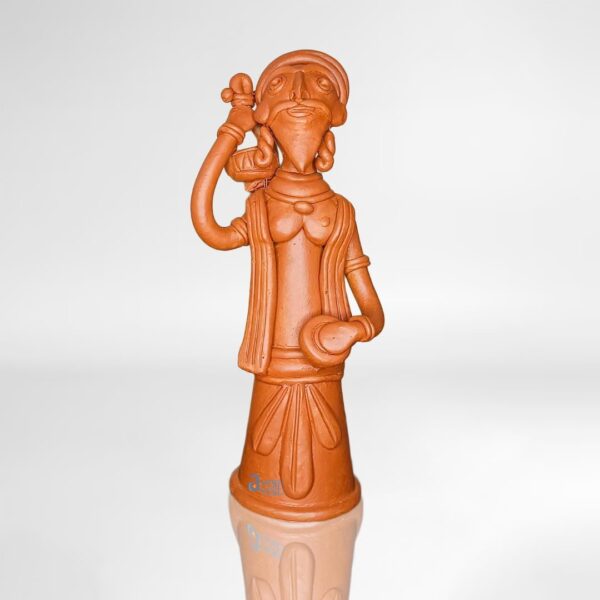
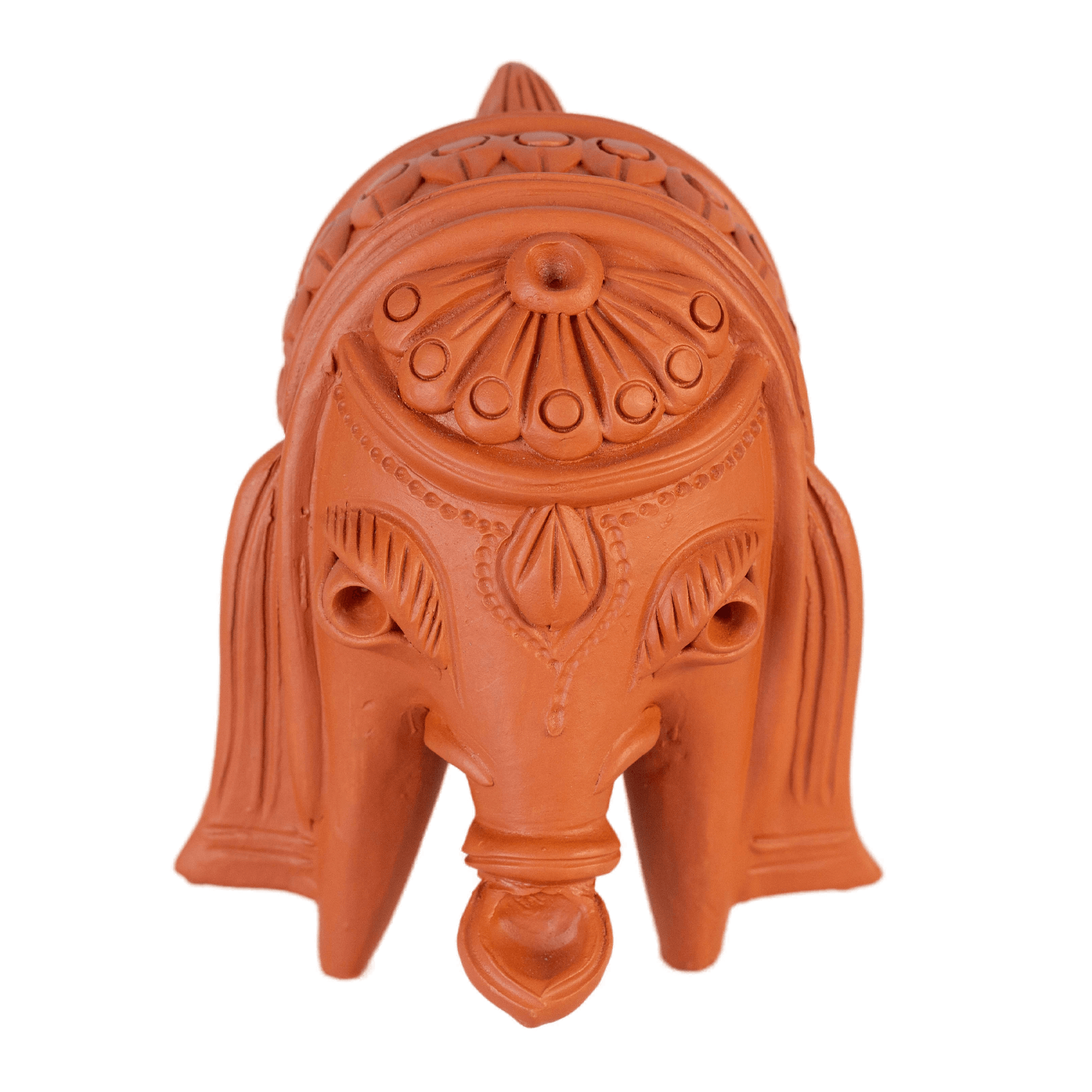
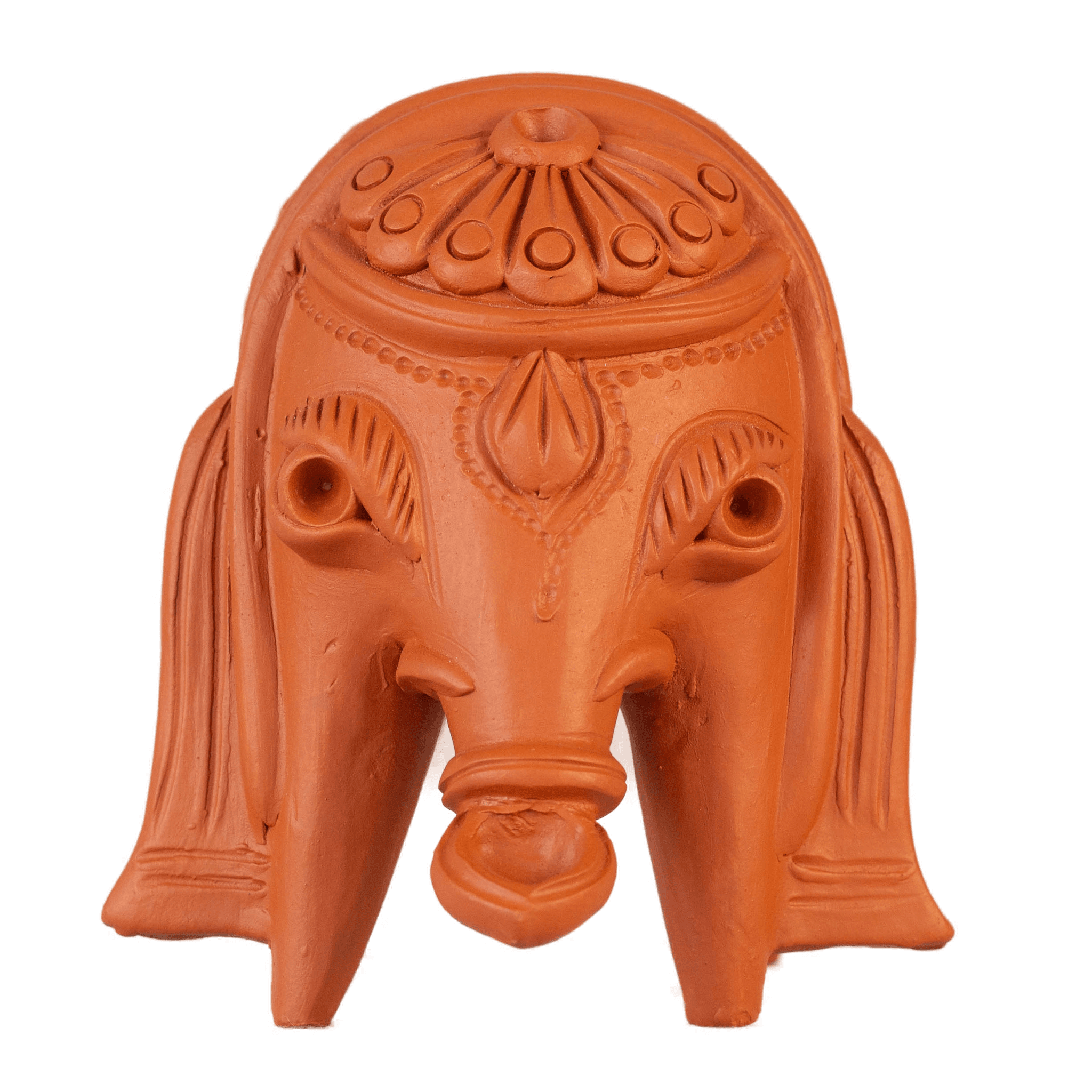

 Add to cart
Add to cart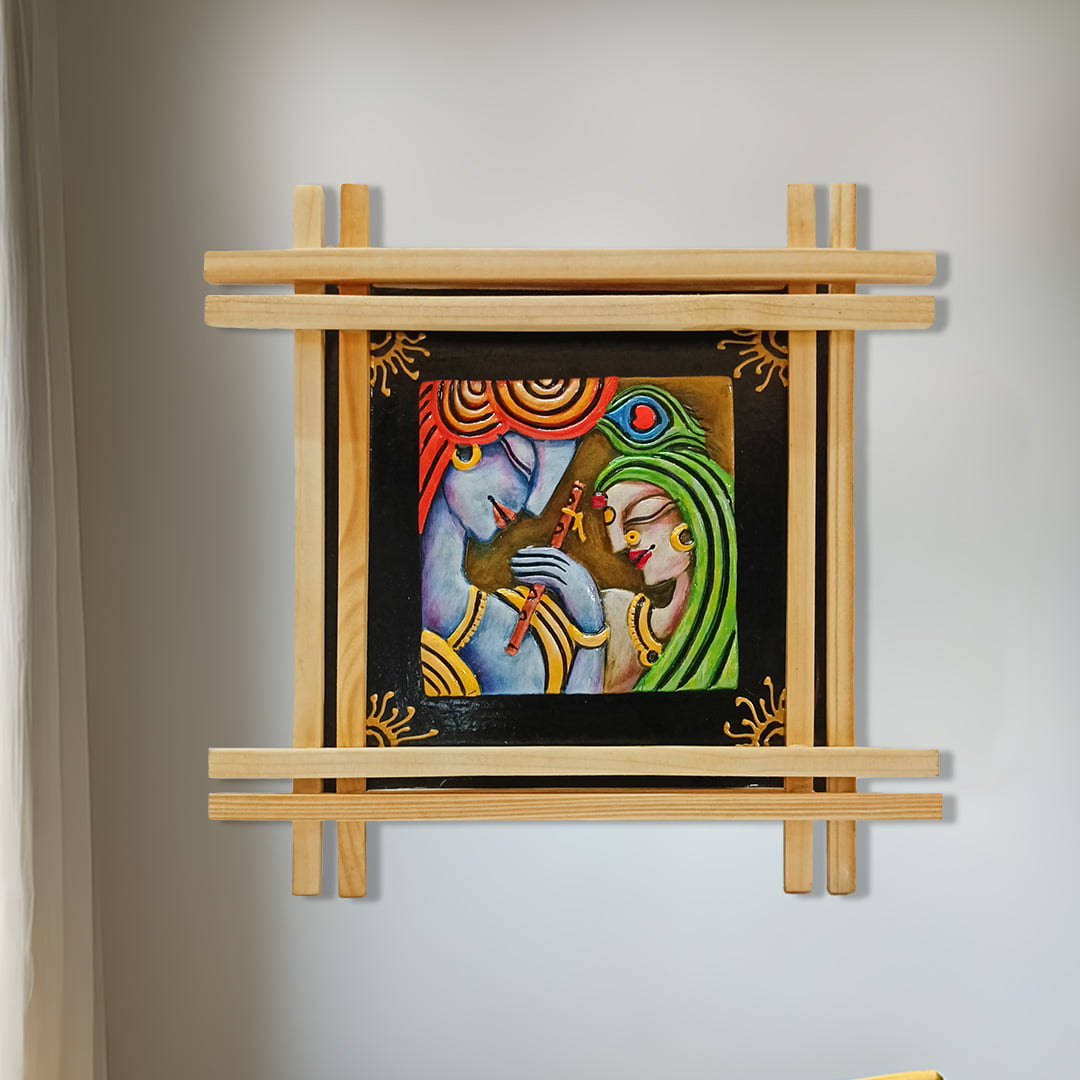
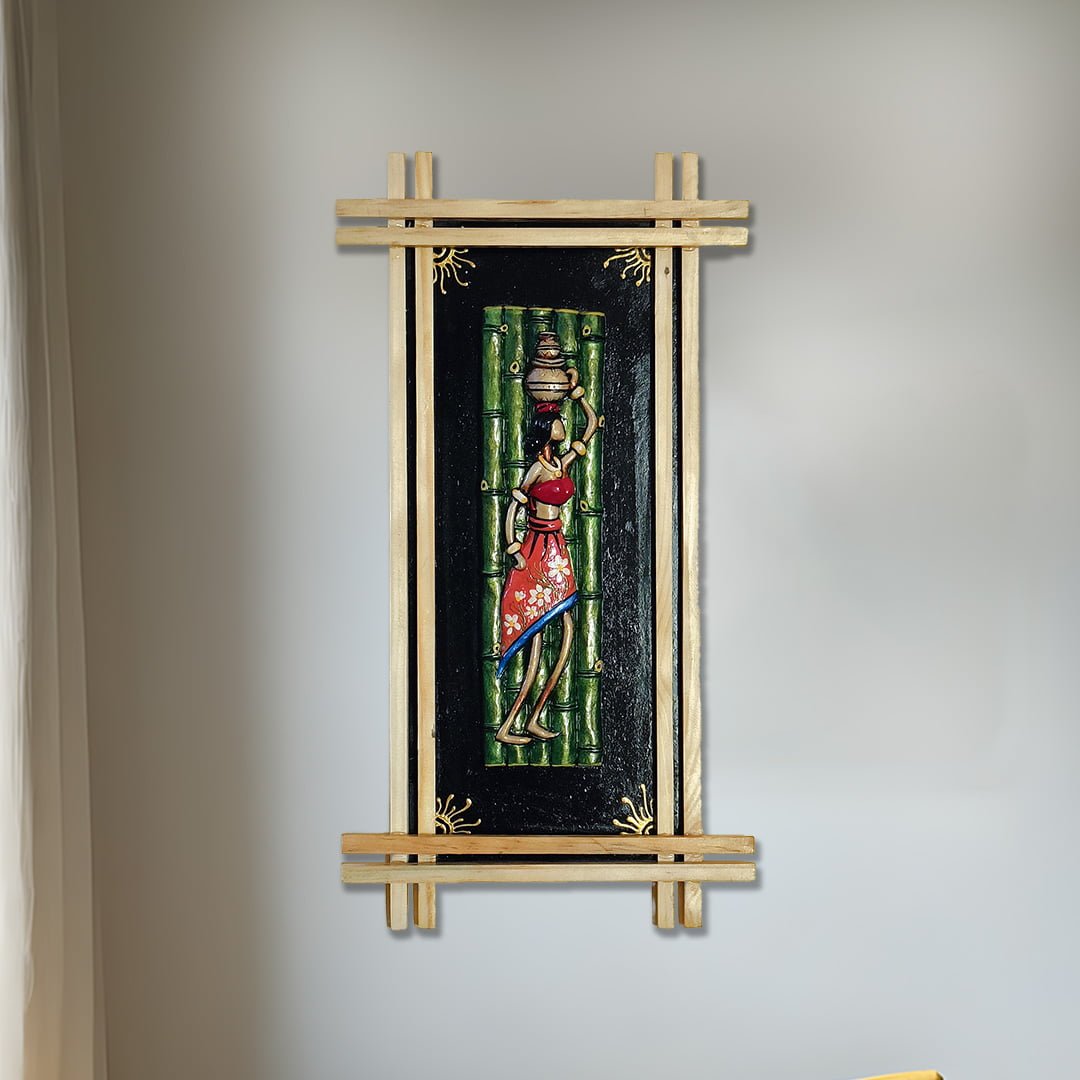
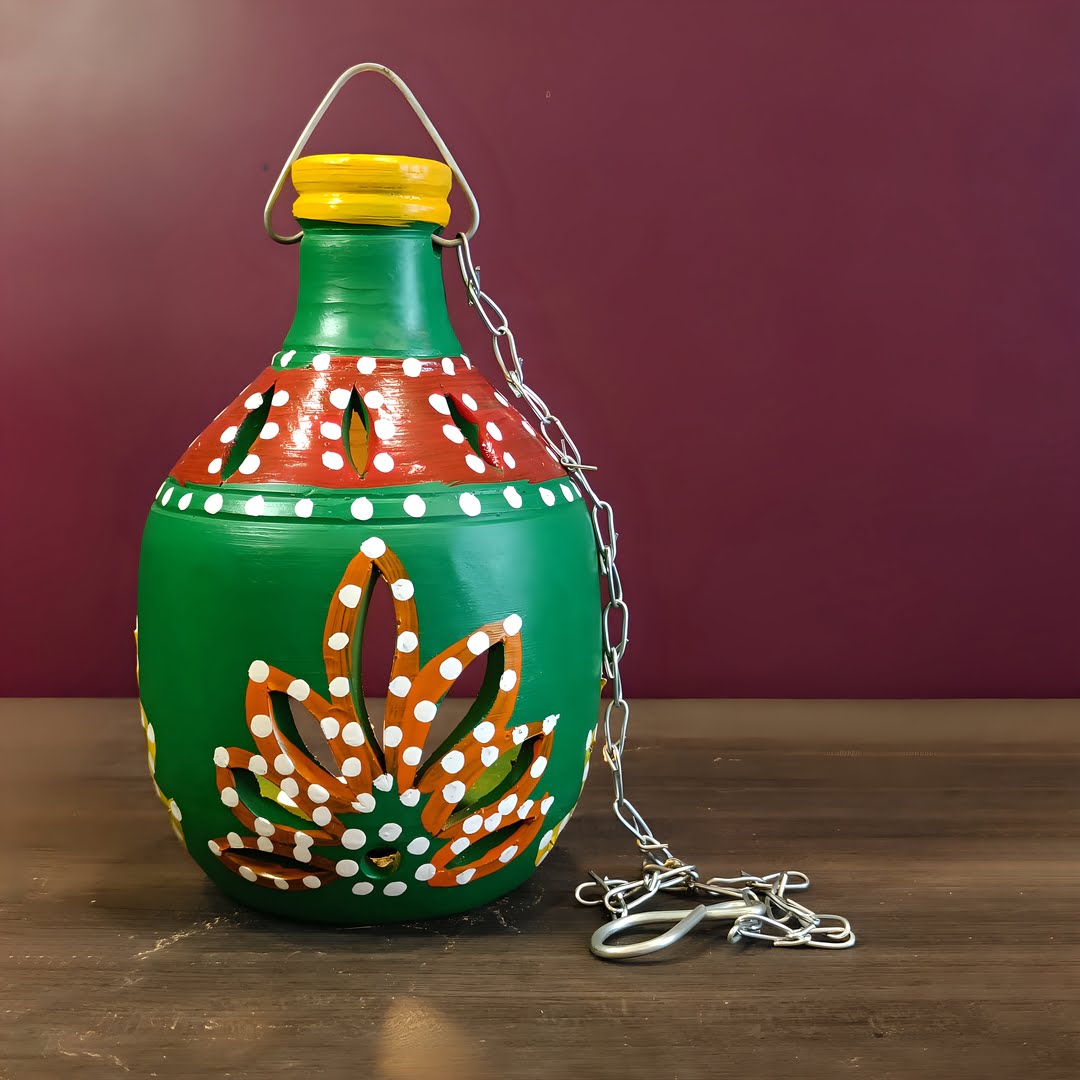

Reviews
There are no reviews yet